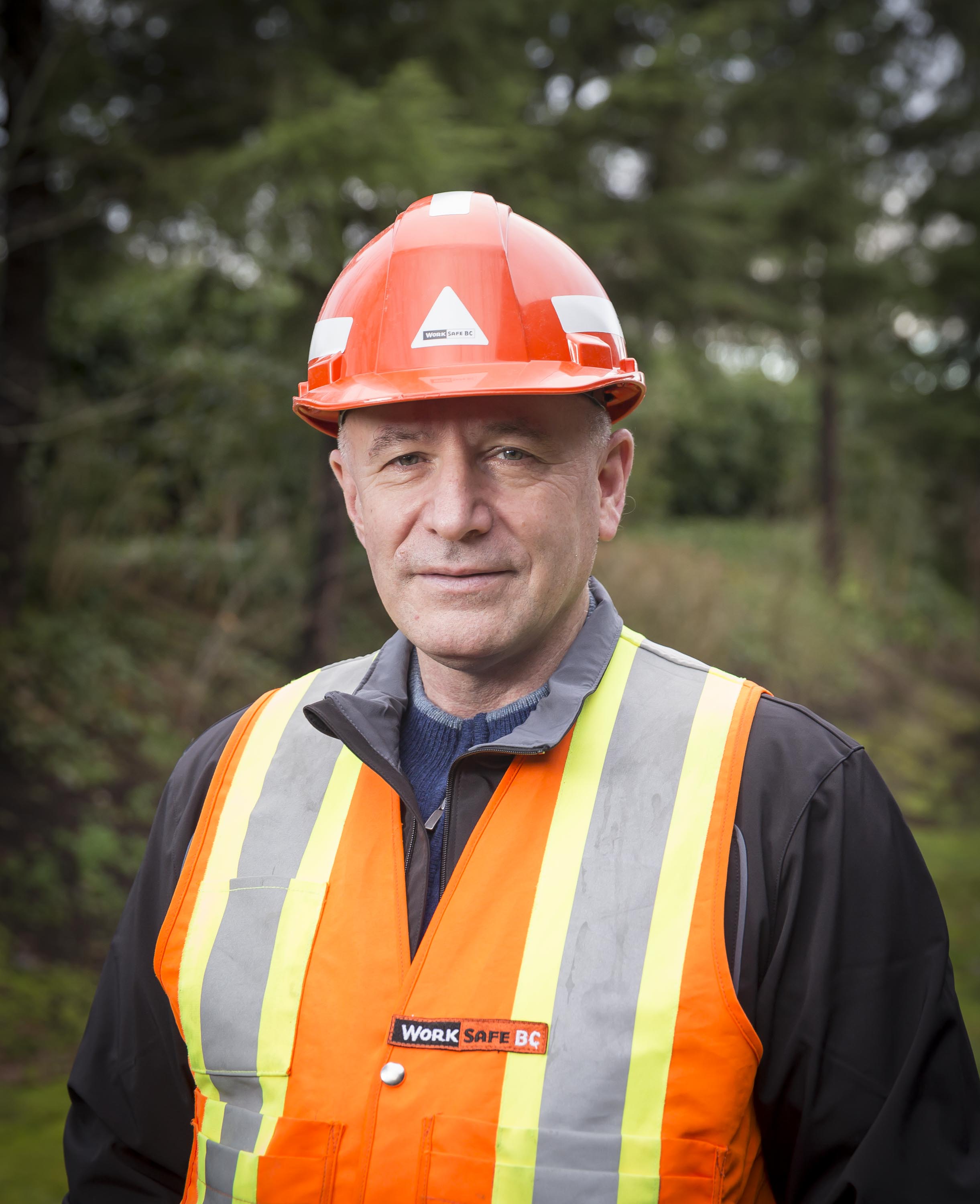
Make Logging Safer
By Budd Phillips
 On October 18, 2017, a logger was killed in a tragic incident near Mackenzie in northern British Columbia. The operator was using a feller buncher to cut timber on a slope when the machine tipped over backwards, cutting off his escape route when the machine caught fire. The logger’s death was devastating for his family, his community and his co-workers.
On October 18, 2017, a logger was killed in a tragic incident near Mackenzie in northern British Columbia. The operator was using a feller buncher to cut timber on a slope when the machine tipped over backwards, cutting off his escape route when the machine caught fire. The logger’s death was devastating for his family, his community and his co-workers.
While the cause of the incident is still under investigation by WorkSafeBC, the question arises: What can we do now to try to prevent this from happening again? That was one of the key issues discussed when WorkSafeBC’s Forest Industry Advisory Group met in November 2017 to talk about concrete steps that employers can take to make remote mechanized logging safer. Here are some of the considerations discussed:
First, it is critical that employers have an effective plan in place for those who work alone and designate a contact person to whom the lone worker can check in with on a regular, agreed-upon schedule. The worker must always carry a functioning communication device — a satellite phone, cell phone, two-way radio or satellite transceiver — as well as the check-in contact information.
The designated contact must have a copy of the workingalone procedure and any applicable emergency-response plan, contact information, locations and/or maps that may be necessary for a rescue. Every check-in call must be recorded, and if the worker fails to check in, the contact must initiate search procedures as outlined in the plan — be that rendering assistance personally or contacting someone close by who is trained, equipped and able to assist.
Second, employers should consider situations in which their machines have the potential to roll over and particular hazards that may result. In recent years, the changing landscape of logging operations has meant an increase in the use of steep-slope harvesting equipment.
Employers, suppliers and manufacturers must ensure that their mobile equipment meets the requirements outlined in the Workers Compensation Act and Parts 16 and 26 of the Occupational Health and Safety Regulation. That includes ensuring that mobile equipment weighing 700 kg or more has a rollover protective structure, as well as structures that guard against falling, flying or intruding objects or materials. Similarly, any tools carried inside the cab need to be secured so as not to create additional hazards.
Should a rollover happen, some of the questions that an employer needs to consider include whether they have the equipment necessary to respond in such an emergency and can they be easily accessed and transported to the work site, as minutes can make a difference between life and death in a rescue operation.
Third, every piece of mobile equipment must have an alternate means of escape that is clearly marked both inside and outside the cab. Other requirements that an exit should meet include the following: exits must not be located on the same surface as the cab door; they must be usable at all times; they should not pose additional hazards; they can be opened from the inside or out without tools when the equipment is in use; and exits should provide a clear opening with dimensions that comply with the relevant ISO Standard.
The employer should test the alternate exit regularly and provide training to familiarize workers with its location and operation, as well as ensure that they can fit comfortably through it in an emergency, as physical fitness or size may be obstacles to a quick escape. If the backup exit is blocked and/or the worker is unable to move, employers must consider what tools can be used to extricate a trapped worker.
The fact that machines are designed to keep hazards out poses a particular challenge, as specialized cutters might be needed to pierce cab windows. A supplementary fire extinguisher for use by the rescue crew should always be within reach.
Finally, consider where this rescue equipment might be stored; ideally, it will be attached to the machine itself for ease of access.
For more information on these prevention measures, please see the following resources:
• Working Alone or in Isolation Safe-Work Procedure and Checklist
• Working Alone: A Handbook for Small Business
• Requirements for Mobile Logging Equipment in B.C.
Budd Phillips is the manager of prevention field services with WorkSafeBC in Fort St. John, British Columbia.